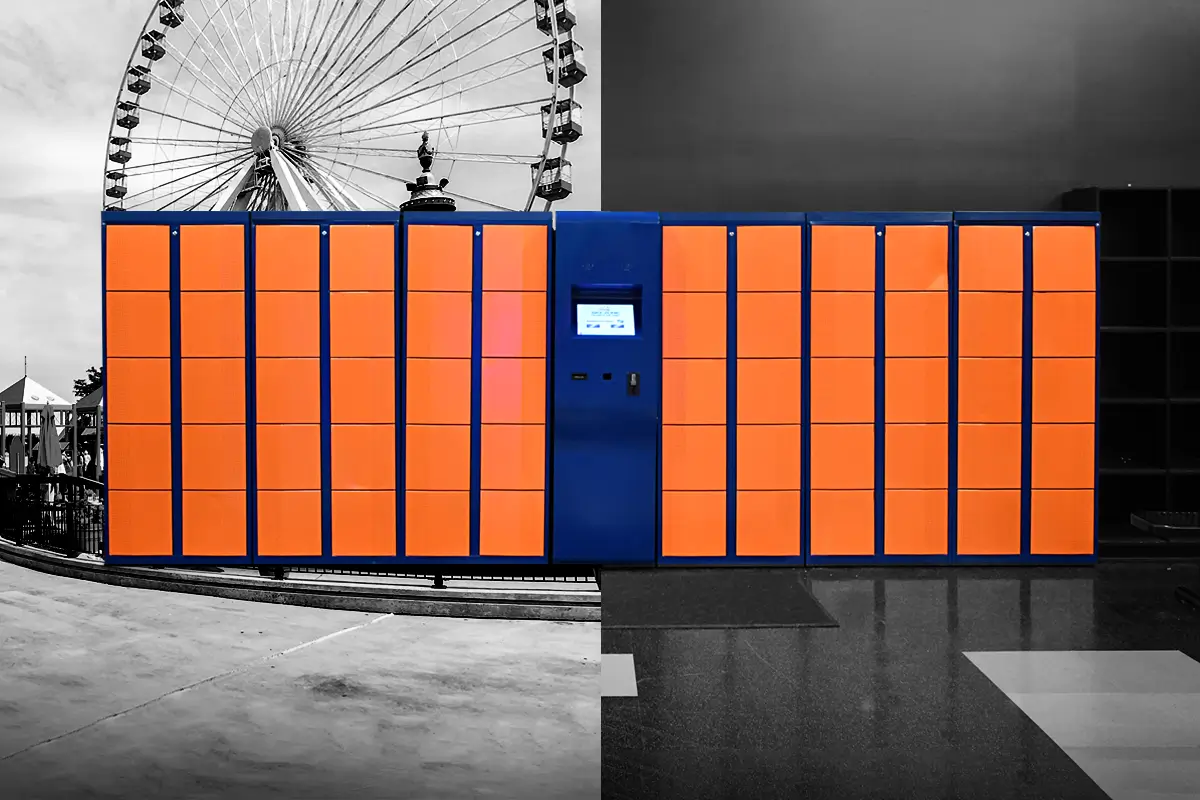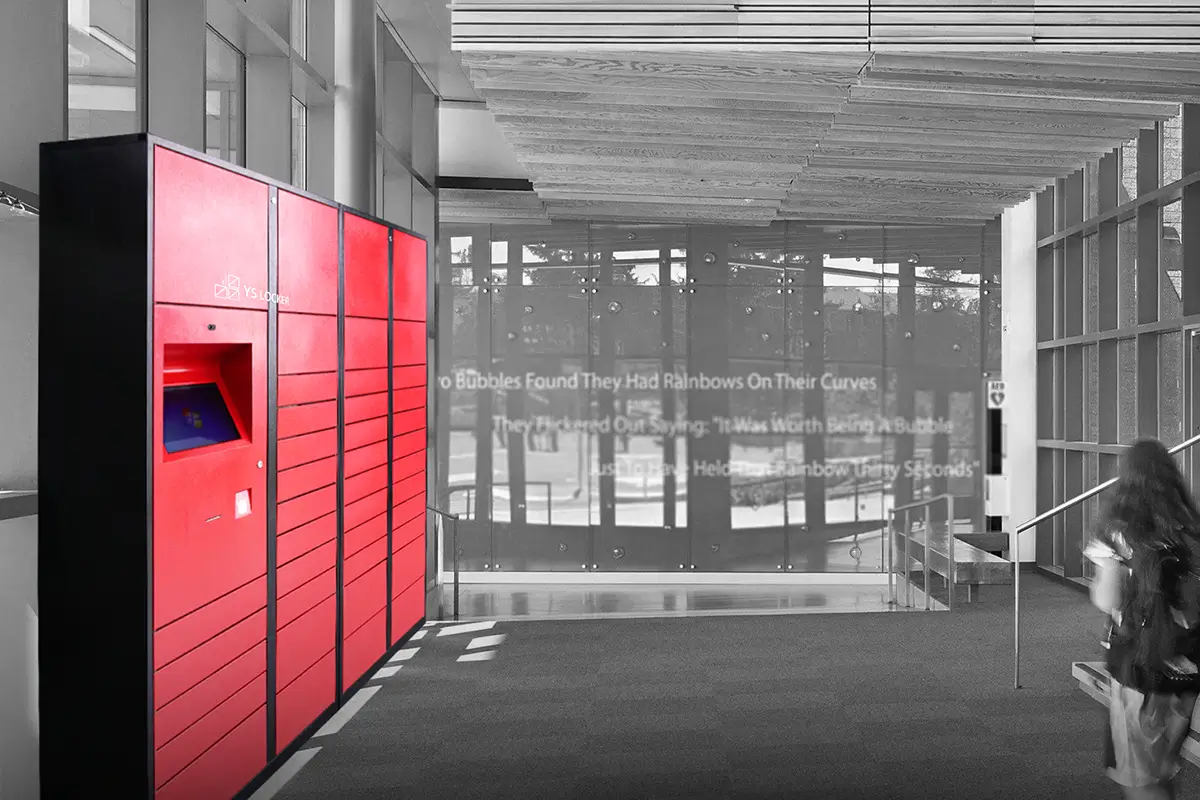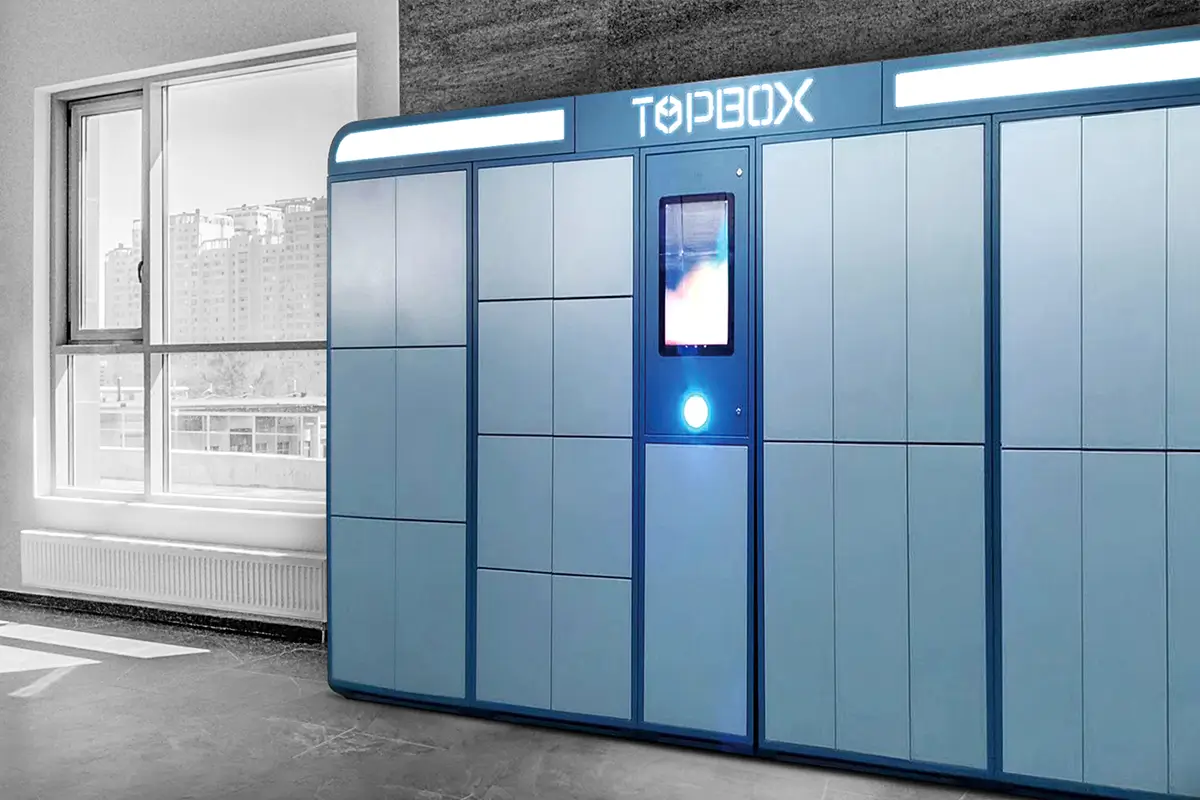Employee lockers come with a variety of security features designed to protect personal belongings and sensitive materials. Here are some common security features found in employee lockers:
1. Locking Mechanisms
Key Locks: Traditional locks that use keys. These are simple and effective but require careful management of keys.
Combination Locks: Require a numeric code to open. These can be built into the locker or provided as a separate lock.
Electronic Keypad Locks: Use a numeric keypad to enter a code. These are convenient and can be programmed with multiple codes for different users.
RFID Locks: Use radio-frequency identification cards or fobs. These are secure and easy to use, especially in environments where employees already use RFID badges.
Biometric Locks: Use fingerprint or retina scanners for access. These provide a high level of security as they rely on unique biological traits.
2. Construction and Materials
Reinforced Doors: Doors are often reinforced with additional materials to prevent prying or forced entry.
Heavy-Duty Hinges: Strong hinges prevent the doors from being easily removed or tampered with.
Durable Materials: Lockers made from heavy-duty steel or high-grade plastic offer resistance to physical damage and tampering.
3. Surveillance and Monitoring
Integrated Alarms: Some lockers come with built-in alarm systems that activate if unauthorized access is attempted.
CCTV Integration: Lockers placed in monitored areas with CCTV cameras can deter theft and unauthorized access.
Access Logs: Smart lockers with electronic locks can maintain logs of access attempts, tracking who accessed the locker and when.
4. Environmental Controls
Weatherproofing: For outdoor lockers, weatherproof designs prevent damage from rain, snow, and extreme temperatures, ensuring that the contents remain secure and protected.
Fire-Resistant Materials: Some lockers are made from materials that can withstand high temperatures, protecting contents in the event of a fire.
5. Tamper-Evident Features
Anti-Tamper Seals: Seals that show if the locker has been tampered with, providing a visual indication of unauthorized access attempts.
Tamper-Proof Screws: Special screws that cannot be easily removed without specific tools.
6. Customizable Security Levels
Multiple Lock Options: Offering a choice between different types of locks allows customization based on the required security level.
Secondary Locks: Some lockers come with provisions for adding a secondary lock (like a padlock) for additional security.
7. Access Control Integration
Centralized Management Systems: In smart lockers, access can be managed centrally, allowing for easy updates to who has access to which lockers.
Remote Access Control: Some systems allow administrators to control and monitor locker access remotely via software applications.
Conclusion
The security features of employee lockers can vary widely depending on the specific needs and environment. By choosing lockers with appropriate security features, employers can ensure the safety and security of employees’ personal belongings and sensitive materials.



